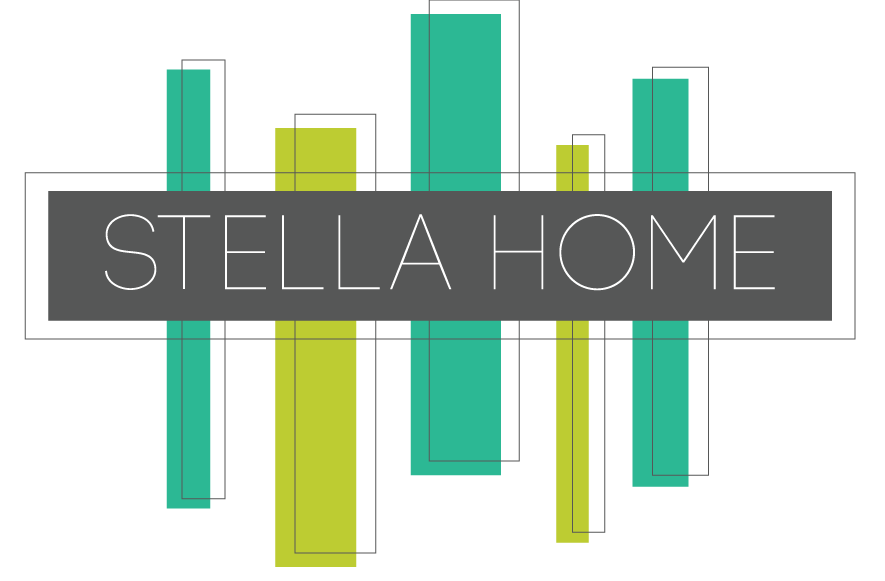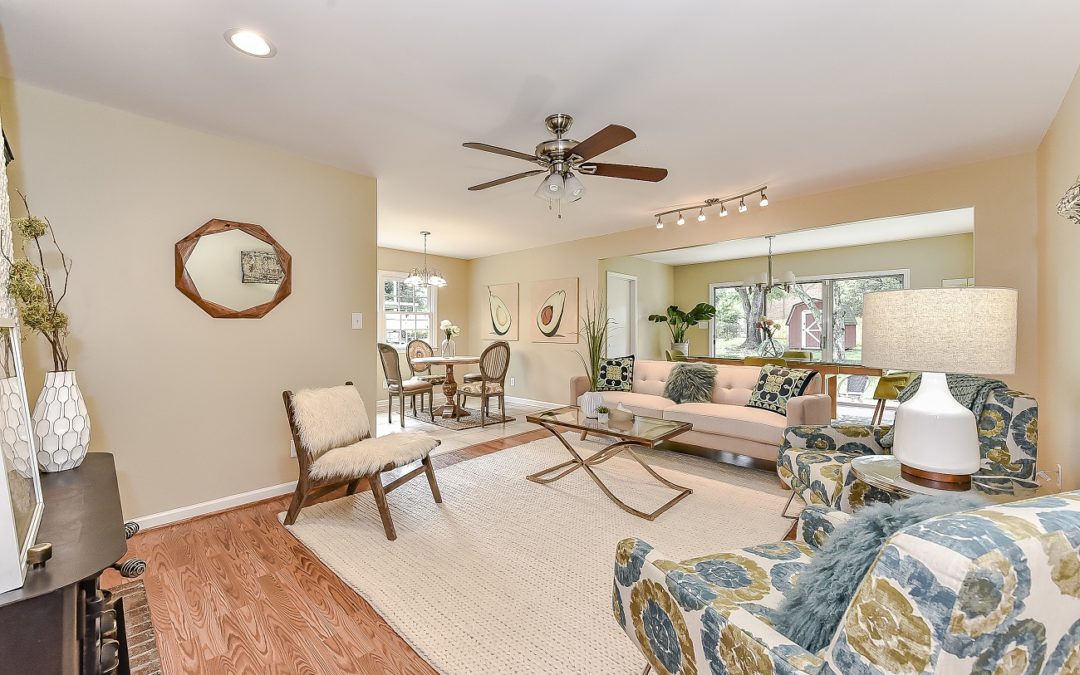My clients and I get so excited by the fun pretty design aspect of staging that we don’t talk enough about the business behind the design. The business aspect is really important for people who are interested in staging to understand. Why? you may ask. As you’ll see in this video interview I did recently, that when people get their first staging quote they often experience sticker shock. It’s not unusual for this to kill their motivation to stage. I am used to that, and have, at the ready, the data, the anecdotal evidence (of which I have a lot) and the testimonials clearly showing the advantage of staging. In the simplest of terms, it pays for itself in less time on market and a higher sale price. However, what I neglect to expose is what a stager does, what I do, behind the scenes in support of my clients and business. Staging is hard work with slim margins. Don’t get me wrong, I LOVE IT and it has elevated my real estate business, but it is OK for people to know how the price for staging is earned.
Full disclosure I am a real estate broker and my firm is 5 Points Realty. My associate Briley Burris is a fellow broker at 5 Points realty and the host of 5 Points Talks. More full disclosure; I head the marketing team for 5 Points Realty. Briley and our Social Media marketer came to me with the idea of short interviews with industry experts. I was an easy first guest especially because I’m a total ham and love the spotlight and could talk about staging all day.
Making this video was a whole lotta fun but it was also cathartic, for me. The exercise of the “interview”; someone asking me questions about the staging business and my answers being heard by an audience, exposed the mysteries of the staging business that people interested in staging just don’t understand and couldn’t know unless they hear it from a stager. It made me realize I don’t take enough time to educate my clients about the logistics of staging. This video and blog is a step to change that.
Here is some additional insight into the business of staging.
- An average stage takes about 14 hours. This includes choosing the inventory, packing, loading/off-loading, and putting the stage together on-site. This does not include meeting with clients, sourcing material, supplies furnishing and art-work, scheduling and billing.
- Moving staging has to be flexible and work for the time frames of buyers, sellers, traders, builders, contractors and the whims of the sale and closing of a house. This flexibility comes at a cost for the stager. If a schedule change has to happen within a day or 2 the moving team still has to be compensated.
- A warehouse has to be purchased or rented to house all the inventory a stager needs for many stages, this includes everything you can imagine from dining room tables to faux plants. Warehouse space is not in-expensive.
- A moving company must be hired for each stage and de-stage
- There is tremendous wear and tear on furnishing and rugs while they are in the house and each time they are moved. Furniture has to be replaced often.
Whew, I feel better. Thank you for letting me get that out. Feel good about hiring a stager. Not only do they make you money, but I can also assure you they earn their keep.



